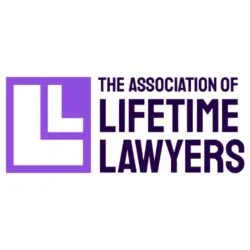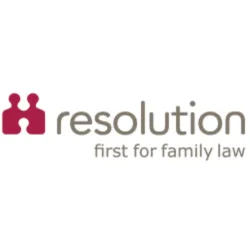
New dress code and sex discrimination guidance released
The Government Equalities Office has released new guidance for employers on workplace dress codes. This comes after recommendations from the Parliamentary Women and Equalities Select Committee and the Petitions Committee.
Gender Specific Dress Codes
The guidance also considers employees who wear religious symbols. It states that “employers should be flexible” when setting their dress codes so as not to prohibit the wearing of a religious symbol that does not interfere with an employee’s work. This guidance seems to be slightly at odds with recent case law where the ECJ (European Court of Justice) deemed it lawful for a woman to be prohibited from wearing a headscarf due to the use of an “image neutrality” policy at work. How much weight the guidance will carry is yet to be seen.
The guidance focuses on “gender specific” dress codes and the legality of requirements on men and women to dress differently from each other at work. It clarifies that, to be deemed lawful, dress codes for different sexes need not always be identical. However, it does require “the standards imposed to be equivalent” and states that “any less favourable treatment because of sex could be direct sex discrimination”.
The guidance also states that, although not necessarily discriminatory, it is advisable to avoid any “gender specific requirements” when imposing a dress code. It goes on to give various examples of possibly discriminatory requirements including the requirement for women to: wear make-up, have manicured nails, or wear a certain type of skirt, where there is not an equivalent standard for men. The guidance also clarifies that, even when an equivalent standard exists, a dress code that causes employees to be subject to harassment (sexual or otherwise) can be unlawful.
Another area that the guidance refers to specifically is the treatment of transgender staff in relation to dress codes. The guidance states that “Transgender employees should be allowed to follow the organisation’s dress code in a way which they feel matches their gender identity. If there is a staff uniform, they should be supplied with an option which suits them.” We believe this is a progressive approach and hopefully will encourage employers to make empathetic decisions considering each individual’s choices and identity when imposing dress codes on transgender employees.
Religious Symbols
The guidance also considers employees who wear religious symbols. It states that “employers should be flexible” when setting their dress codes so as not to prohibit the wearing of a religious symbol that does not interfere with an employee’s work. This guidance seems to be slightly at odds with recent case law where the ECJ (European Court of Justice) deemed it lawful for a woman to be prohibited from wearing a headscarf due to the use of an “image neutrality” policy at work. How much weight the guidance will carry is yet to be seen.
Examples of Lawful and Unlawful Dress Codes
Finally, the guidance lists some useful examples to consider which are provided below:
- An employer requires female staff to wear high heels as part of a dress code but places no footwear requirements on men or merely requires them to look smart. This is likely to constitute direct discrimination on grounds of sex because there is not an equivalent standard imposed on male staff. It may also amount to indirect discrimination against employees with a disability, where heels could exacerbate any difficulties with their mobility, or for those who are visually impaired, where walking in heels might pose an extra risk of falling.
- A company requires their receptionists to dress smartly, to portray a positive public facing image. This would be lawful, as there are no gender specific requirements for men or women.
- An employer requires all employees to wear smart shoes, but does not require female employees to wear high heels. This would be lawful.
- A clothes shop expects staff, both male and female, to dress in a provocative or revealing fashion. This might not amount to direct discrimination since it imposes equivalent requirements on men and women, but it could contribute to an environment in which employees may be vulnerable to unwanted sexual attention and harassment.
- In the clothes shop example above, a female shop assistant makes a complaint that the dress code amounts to harassment. Shortly after, she is dismissed from her job, with no valid reason given. This is likely to constitute unlawful victimisation even if the employer did not say it was because of her complaint. This would be the case even if the shop assistant’s harassment complaint was not upheld.












